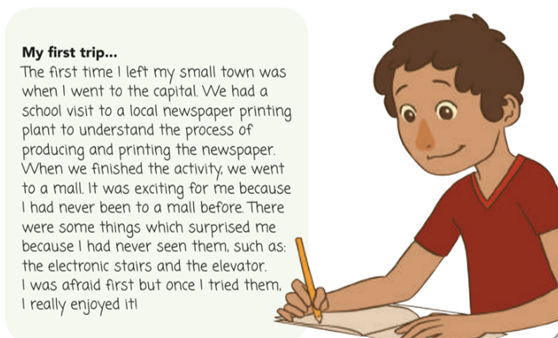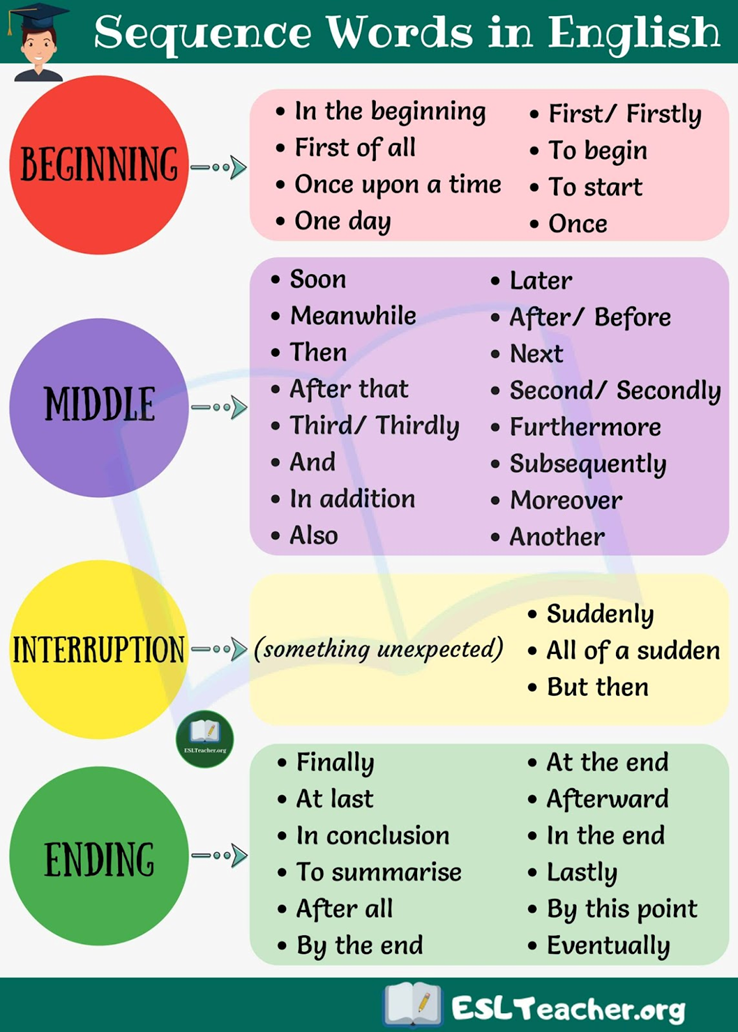Unit 3. Daily life

GENERAL INTRODUCTION
Welcome to our lesson on "Narrate Personal Facts"! In this session, we will learn how to use the present simple and past simple tenses to talk about our lives and experiences. These tenses are essential for sharing personal stories, describing daily routines, and talking about past events.
We will start by understanding how to form and use the present simple tense for actions and habits that happen regularly. Then, we will learn the past simple tense to talk about events that happened in the past. By the end of this lesson, you will be able to confidently use both tenses to narrate personal facts and share your experiences in English. Let's get started and have fun learning!
Objetivo: Desarrollar la capacidad de narrar de manera coherente y clara hechos actuales, situaciones cotidianas o experiencias personales, tanto de forma oral como escrita, utilizando una secuencia lógica de acciones y recibiendo retroalimentación de compañeros y del profesor para mejorar la expresión.
DBA:
- Narra brevemente hechos actuales, situaciones cotidianas o sus experiencias propias, en forma oral o escrita. Para esto, tiene en cuenta la secuencia de las acciones, la claridad de las ideas y se asesora con sus compañeros y su profesor. Por ejemplo:
Estándar:
- Escribo narraciones sobre experiencias personales y hechos a mi alrededor.

Let's take an overview about the Simple Present in English.
Let's practice a little bit.
Write the verb in the correct form to complete each sentence.
Click here to enter to the activity
Let's take an overview about the Simple Past in English.
What Are Sequencing Words?
Sequencing words are used in written and spoken English to show the order of events or steps in a process. They are vital for clear communication and help the reader or listener understand the flow of ideas.
For example
If you want to give some instructions to a friend about how to bake a cake, you would use sequencing words like “first,” “then,” “next,” and “finally.” You might say: “First, preheat the oven. Then, mix the ingredients. Next, pour the mix into a baking tray. Finally, put the tray in the oven and bake.”
Sequencing words in English can be classified into different types based on the specific sequence or order they indicate. Here are the main types of sequencing words:
